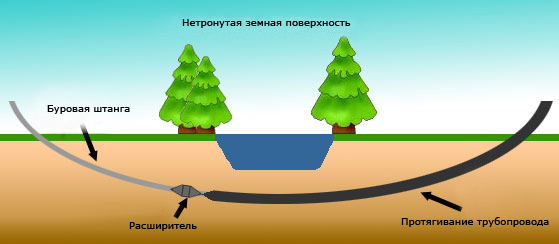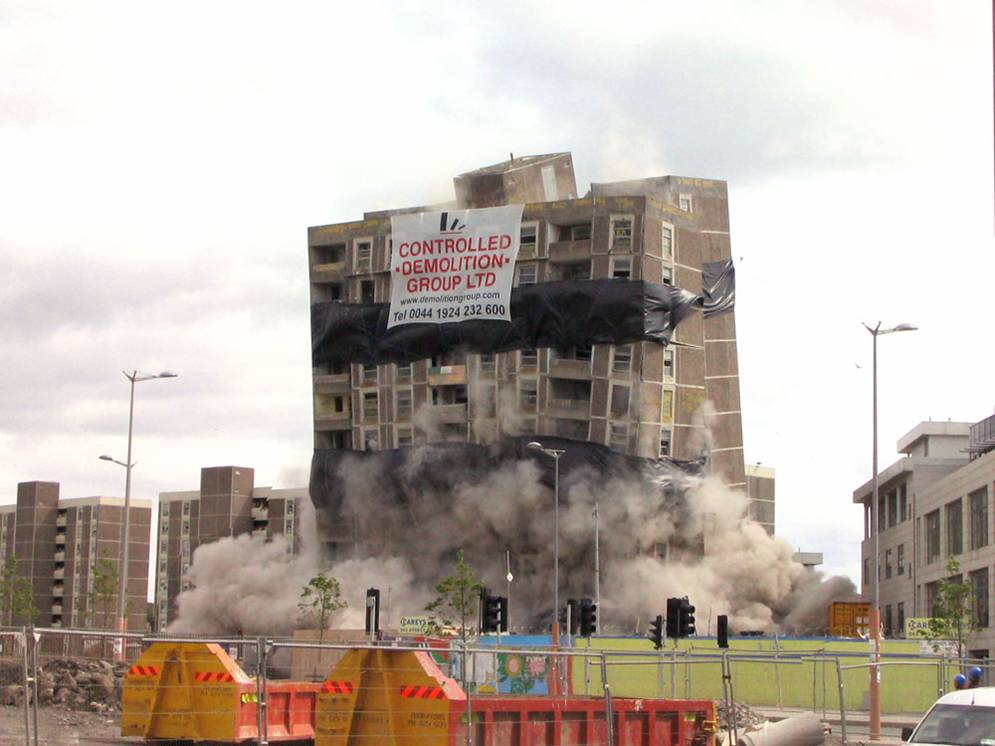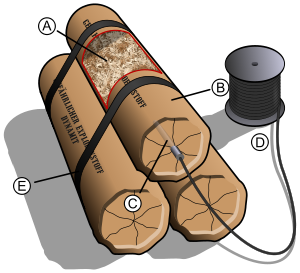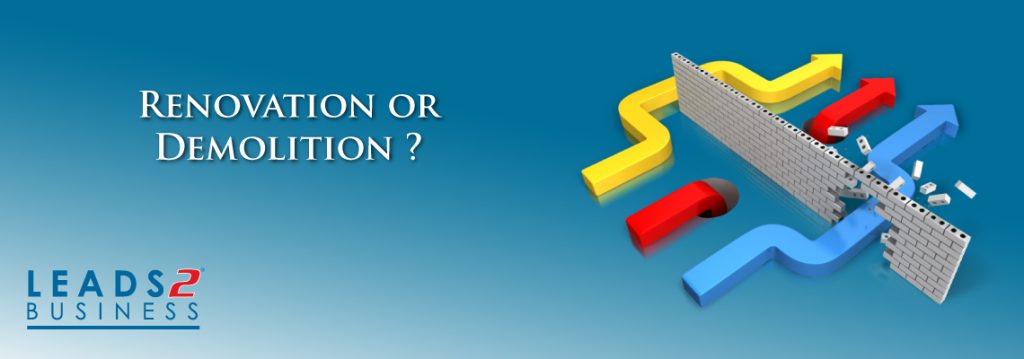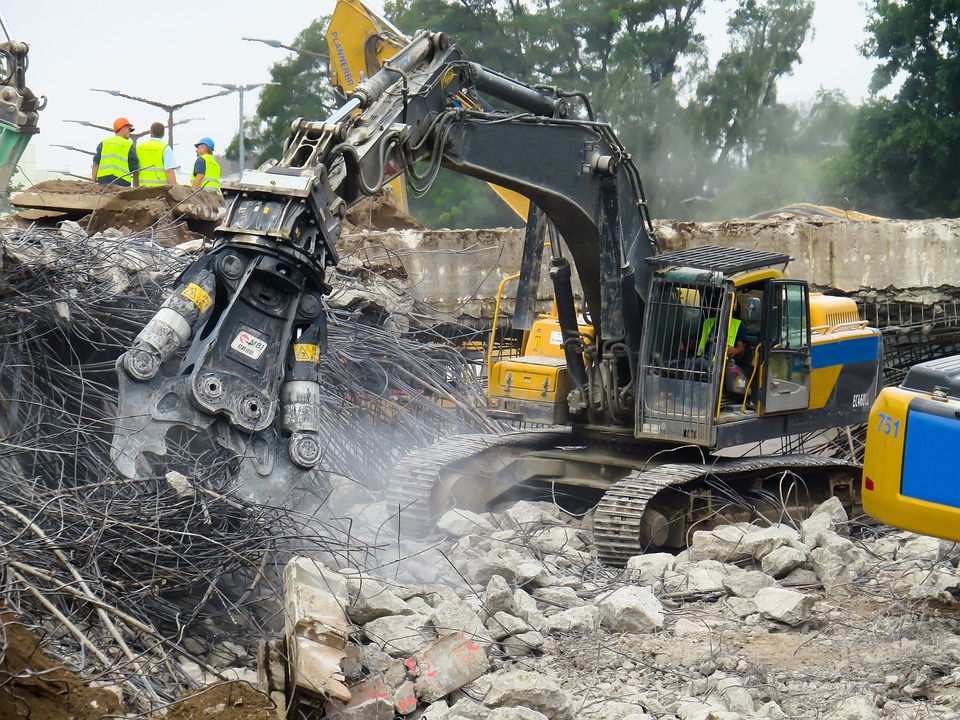
Contract Number: Funding, Design and Build of Ndarugu 1 Dam (Nairobi – Mavoko – Kitengela) Water Supply Project – Tanathi Water Services Board
Description: Tanathi Water Services Board – This invitation for bids (IFB) is for Funding, Design and Build of the proposed Ndarugu 1 Dam (Nairobi – Mavoko – Kitengela), Water Supply Project. The Scope of the project includes but not limited to the construction of a 35m high concrete dam with a reservoir capacity of 225 Million m3, a 173 000m3/d treatment works, transmission pipes, Storage tanks and associated works. The Tanathi water services board hereby invites sealed bids from eligible firms for the Funding, Design and Build of Ndarugu 1 water supply project (herein after called “the works”)
Category: Consultants
Industries: Water + Institutional
Region: Kenya
Site Inspection: A pre-bid site visit shall be held on 09 November 2017 at 09:00 (Local Time) at Mavoko Water and Sewerage Company.
Closing Date: 28 November 2017 at 12:00
Restrictions: International competitive bidding will be conducted in accordance with the government of Kenya Procurement Law and Regulations and the evaluation criteria contained in the bidding documents. The invitation for bids is open to international firms who meet the following eligibility criteria: Minimum average annual turnover as prime contractor (defined as billing for works in progress and completed) over the last 5 years of 10 Billion Kenya Shillings. Successful experience as a contractor, management contractor, or subcontractor in the execution of at least 1 project of a nature and complexity comparable to the proposed contract within the last 10 years, with a value of at least 18 Billion Kenya Shillings. The experience should include minimum key production rate of: Laying of water pipes 800mm diameter at a rate of 2850m per month; Earthworks at a rate of 130,000m3 per month; Concrete works at a rate of 3000m3 per month; Have appropriate equipment and staff as defined in the bidding documents; Access to, or availability of financial resources such as liquid assets, unencumbered real assets, lines of credit, and other financial means, other than any contractual advance payments sufficient to meet: A Construction cash – flow requirement of 1 Billion Kenya Shillings. The Overall cash flow requirements for this contract and its current commitments. Has the ability to mobilise the required finances to implement the project through support of the applicants Government or Applicants country Export Bank or any other financial institution capable of providing funds with acceptable terms and conditions by the National Treasury. Bids must be accompanied with Bid security of at least 1% of the contract price.
If you are a valued Tender subscriber, Click here for more information.
About Pauline Rainbird
I have been working at L2B since March 2011 and my current position is Deputy Head of Department - Africa. When I am not working I am either riding my bicycle or spending time with my dogs.



